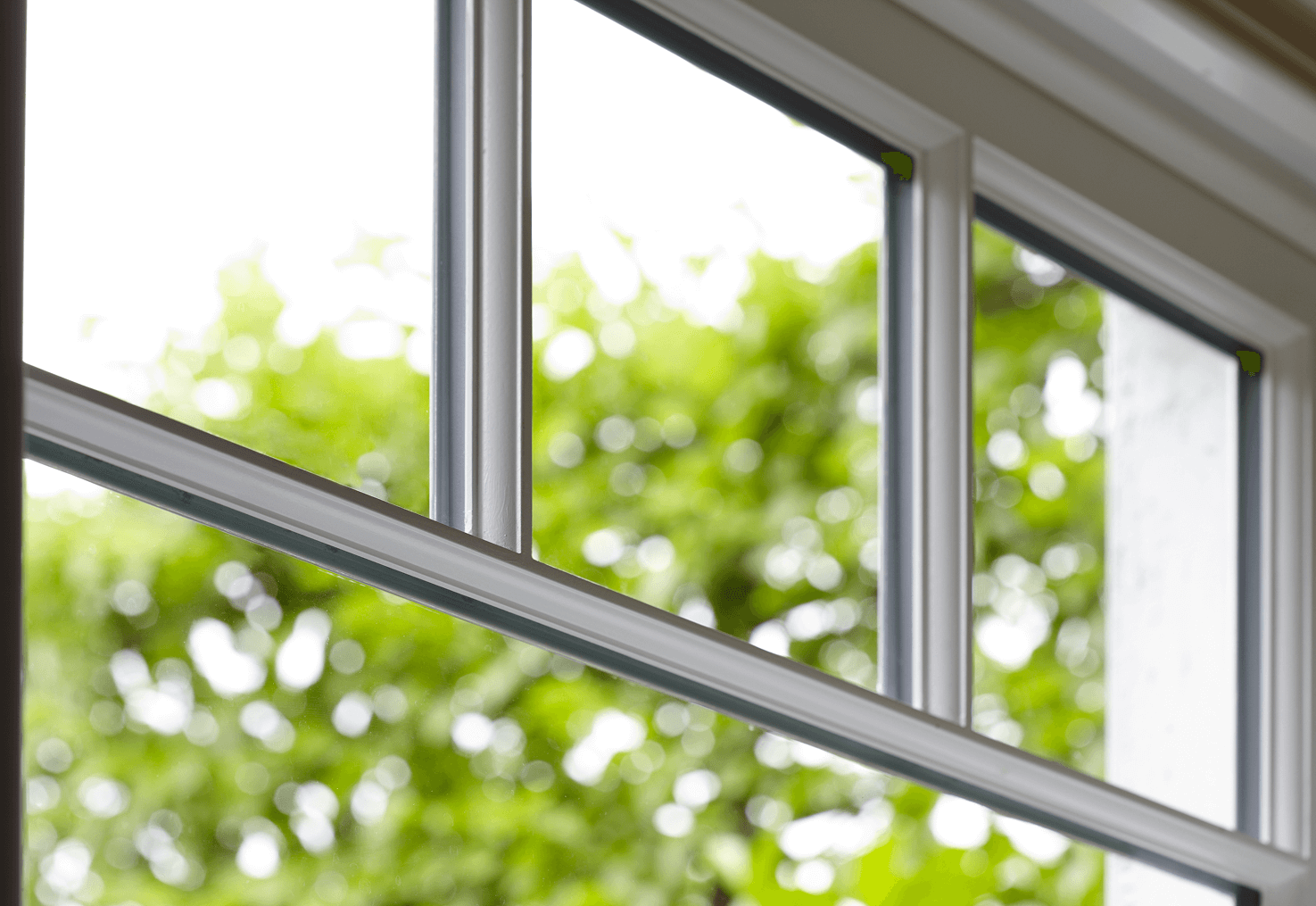In today’s environmentally-conscious world, energy conservation has become a top priority for both homeowners and businesses alike. Among the various energy-saving solutions, upgrading to new, energy-efficient windows stands out as an effective and practical way to keep your costs down. Modern window technologies have made significant strides in reducing energy wastage, enhancing comfort as well as contributing to a more sustainable future.
Improved Insulation
Traditional windows often allow heat to escape during the colder months and permit unwanted heat to enter during the warmer months. This leads to an increased reliance on heating or cooling appliances which ultimately lead to higher energy bills. Modern energy-efficient windows, however, are equipped with advanced insulation technologies that minimise heat transfer. Double-glazed or triple-glazed windows with inert gas fillings, Low-E coating and thermal breaks act as barriers to prevent heat loss, thus reducing the need for extra, excessive heating or cooling tools.
Minimised Air Leakage
Older windows can often develop gaps and cracks over time, leading to air leakage. These gaps will allow drafts into indoor spaces, causing discomfort and increasing energy consumption, with heating and cooling systems having to work harder to maintain a consistent temperature. Newer windows, though, are constructed with tighter seals and improved weatherstripping, effectively preventing air leakage and creating a more airtight environment.
Solar Heat Gain Control
In regions with intense sunlight, traditional windows can allow excessive solar heat to penetrate indoor spaces, causing discomfort and escalating cooling costs. The more modern, energy-efficient windows are designed to control solar heat gain, utilising technologies such as selective coatings. These coatings enable windows to better filter and block out certain wavelengths of light while still allowing visible light to pass through, reducing the amount of heat entering the building.
Energy-Conserving Frame Materials
In addition to the glass, the frame of the window plays a significant role in energy efficiency. Older windows often feature frames made of aluminium, which is a poor insulator and can contribute to heat loss. Now, window frames are available in various energy-conserving and sustainable materials, such as vinyl, fibreglass and wood. These materials offer better insulation properties and can contribute to a more energy-efficient window system.
Condensation Reduction
Condensation on windows can be a sign of poor energy efficiency. Inefficient windows may allow cold outdoor temperatures to meet warmer indoor air, resulting in condensation buildup. This not only obstructs the view but can also lead to mould issues which, if gone untreated, can lead to not just damage to your property but your overall health. Energy-efficient windows, with superior insulation and reduced heat transfer, can help to minimise condensation, maintaining a clear view and promoting healthier indoor air quality.
Investing in new, more energy-efficient windows is a wise decision that can substantially limit energy costs over the long term. Embracing these technological advancements in window design not only benefits individual homeowners and businesses but also helps protect our planet by reducing energy consumption and greenhouse gas emissions. As we collectively move towards a greener future, upgrading to new windows becomes a crucial step in creating a more sustainable and energy-efficient world.







